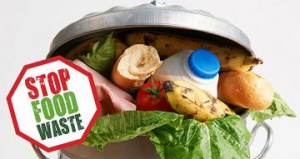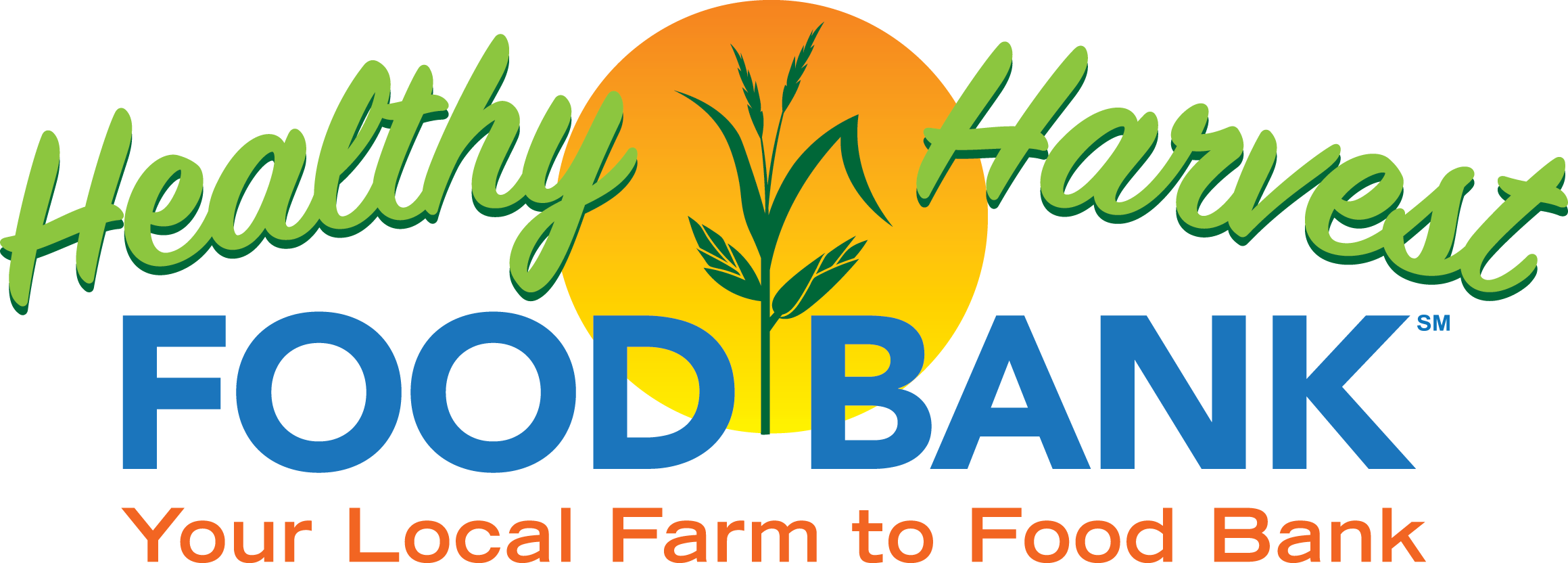 Millions of people suffer from food insecurity and don’t have enough food to eat, yet nearly 146 million tons of food end up in landfills in the United States each year. Not only does that valuable food not go to people who need it, but it also contributes to climate change through the methane gas food gives off while decomposing in the landfill, wastes the water that was used to grow that food, and ends up costing you more money than necessary since you pay for more food than you need. Here are some useful tips on how to reduce food waste.
Millions of people suffer from food insecurity and don’t have enough food to eat, yet nearly 146 million tons of food end up in landfills in the United States each year. Not only does that valuable food not go to people who need it, but it also contributes to climate change through the methane gas food gives off while decomposing in the landfill, wastes the water that was used to grow that food, and ends up costing you more money than necessary since you pay for more food than you need. Here are some useful tips on how to reduce food waste.
Plan Ahead. Planning ahead is the first step in reducing food waste. If you’re going to the grocery store, make a list beforehand and only get what you need. This will help avoid extra food piling up in your fridge and cupboards, which will most likely get thrown away at some point. If you’re eating out, ask about the portion sizes at the restaurant so you only order what you’ll eat. If you have extras, take them home and eat them as leftovers for another meal.
Don’t Be Picky. Everyone wants their food to be picture-perfect, but food doesn’t always turn out that way. That doesn’t mean it isn’t still good or edible. Many “less-desirable” looking foods end up getting thrown away at grocery stores. Start buying imperfect foods and help reduce food waste while getting the same flavors and nutrients. Some stores even sell these items at a discount, so it can also help you save money as well. There are even grocery delivery services specializing in imperfect foods that make your shopping easy for you.
Store Properly. Another substantial way to reduce food waste at home is by storing your items properly. The FDA even created a FoodKeeper App to teach people about how to best store food and each food’s normal shelf-life. An important part of this comes from understanding the difference between different food product dating methods, such as “best by,” “use by,” and “sell by.” They don’t all mean the same thing and many people end up throwing good food away simply because of the date on it without fully understanding the food’s shelf-life. There are also certain foods like avocados, bananas, and tomatoes that produce ethylene gas while they ripen, which can cause other nearby foods to spoil more quickly. Make sure to keep these foods separate to avoid early spoilage.
Preserve, Reuse, and Get Creative. If you’ve got extra food from a meal, save the leftovers and eat them for lunches at work or school. Freezing is another great option to save food for later, so research how long your food will last after being frozen. If you’ve got extra scraps like vegetable stalks and chicken bones, save them to make stock you can use for homemade soup. With extra fruits and veggies, consider fermenting, pickling, canning, or jarring to make simple, tasty snacks that last for a long time.
One of the best ways to reduce food waste and help individuals in need is by donating your extra food to food banks. At Healthy Harvest Food Bank, we operate as both a local farm and food bank to help solve hunger in Virginia. Through our programs, we provide hope in the communities we serve through right food and education. We rely on donations and volunteers to continue our crucial work providing food to over 8,700 people a month. Find out how you can get involved and help feed those in need today!
